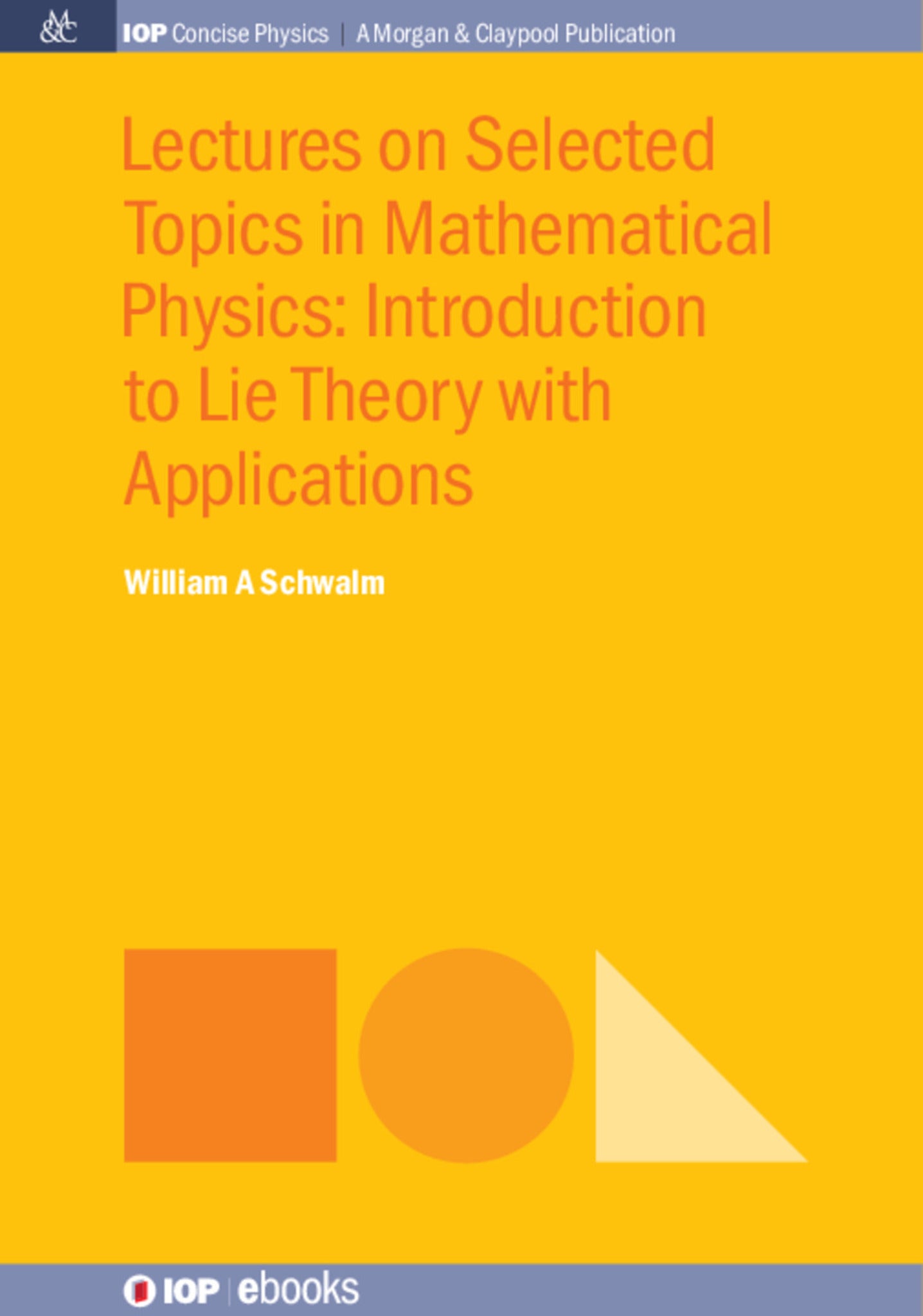We're sorry. An error has occurred
Please cancel or retry.
Lectures on Selected Topics in Mathematical Physics: Introduction to Lie Theory with Applications

Some error occured while loading the Quick View. Please close the Quick View and try reloading the page.
Couldn't load pickup availability
- Format:
-
12 April 2017

This book provides an introduction to Lie theory for first-year graduate students and professional physicists who may not have come across the theory in their studies. In particular, it is a summary overview of the theory of finite groups, a brief description of a manifold, and then an informal development of the theory of one-parameter Lie groups, especially as they apply to ordinary differential equations. The treatment is informal, but systematic and reasonably self-contained, as it assumes a familiarity with basic physics and applied calculus, but it does not assume additional mathematical training. Interested readers should have a fair chance of finding symmetries of a second-order differential equation and should be able to use it to reduce the order of the differential equation.

SCIENCE / Physics / Mathematical & Computational, Mathematical physics, MATHEMATICS / Applied, Applied mathematics

1 Groups:
1.1 Permutations and symmetries
1.2 Subgroups and classes
1.3 Representations,
1.4 Orthogonality
2 Lie Groups:
2.1 Lie groups as manifolds
2.2 Lie groups as groups of transformations or substitutions
2.3 Infinitesimal generators
2.4 Generator example: Lorentz boost
2.5Transformations acting in three or more dimensions
2.6 Changing coordinates
2.7 Changing variables in the generator
2.8 Invariant functions, invariant curves, and groups that permute curves in a family
2.9 Canonical coordinates for a one-parameter group
3 Ordinary Differential Equations:
3.1 Prolongation of the group generator and a symmetry criterion
3.2 Reformulation of symmetry in terms of partial differential operators
3.3 Note on evaluating commutators
3.4 Tabulating DEs according to groups they admit
3.5 Lie's integrating factor
3.6 Finding symmetries of a second order DE
3.7 Classical mechanics: Nöther's theorem



